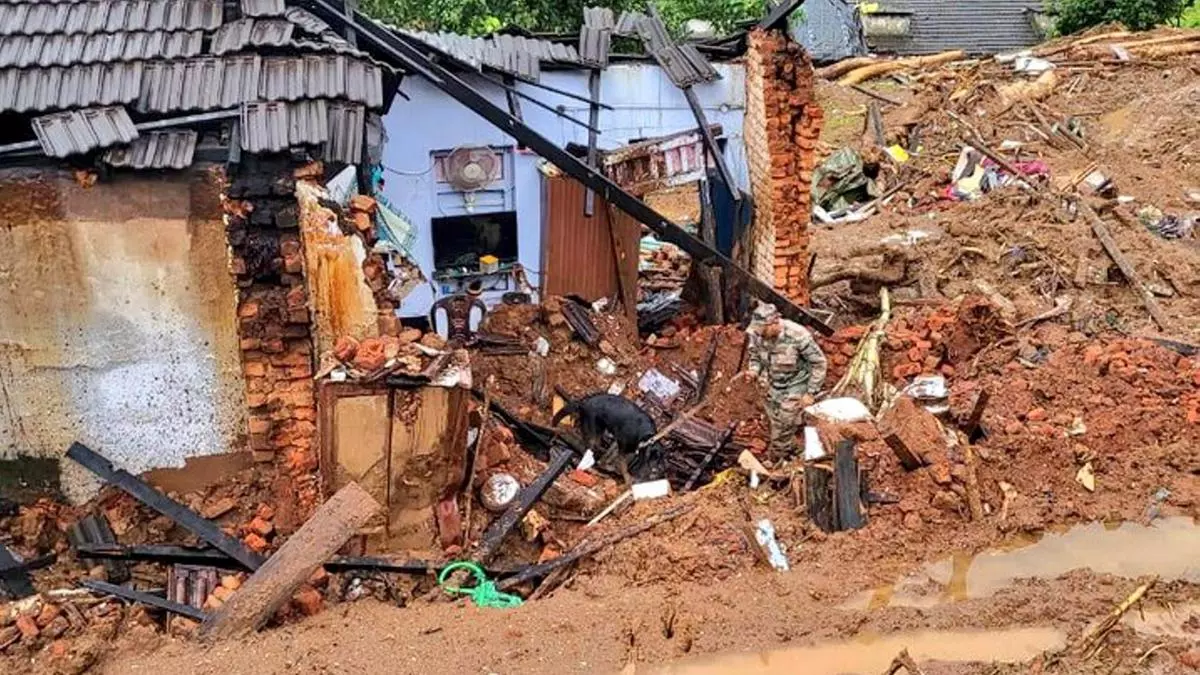Study finds drop in soil microbes in post flood, landslide areas of Attapadi, Nelliyampathy
The devastating floods and landslides during 2018 and 2019 has wreaked havoc on Kerala’s Attapadi and Nelliyampathy regions impacting soil’s microbial communities, an essential pillar of agricultural productivity.
A recent scientific study has shed light on how these natural disasters have caused a substantial reduction in several key microbial populations, raising serious concerns about long-term soil fertility and the future of farming in these areas.
Researchers focused on the rhizosphere—the layer of soil directly influenced by plant roots—across disturbed (flood and landslide-affected) and undisturbed agricultural soils in the hill regions of Attapadi and Nelliyampathy Palakkad district.
Using advanced high-throughput 16S rRNA gene sequencing, they investigated the diversity and composition of soil bacterial communities, uncovering a significant decline in microbial health in disaster-affected areas.
The study also examined the relationship between soil characteristics and microbial populations, finding that nitrogen content was positively associated with several microbial groups.
The disruption of these balances in post-disaster areas highlights the urgent need for intervention to restore soil health.
Even two years after the catastrophic events, the affected regions have not fully recovered, signalling potential threats to future agricultural output.
The research points to the need for corrective actions, such as the use of microbial inoculants, to replenish soil nutrients and restore productivity in these disaster-stricken landscapes.
The study was conducted by researchers from Kerala Agricultural University and Kerala Forest Research Institute, with funding from the Kerala State Council for Science, Technology, and Environment (KSCSTE)). The scientists involved are Haseena, A., K. Surendra Gopal and Sandeep Sasidharan.
Their findings underline the importance of developing tailored restoration strategies to safeguard the agricultural future of vulnerable regions.
The research highlighted the necessity for ongoing efforts to revive the soil’s natural balance, ensuring long-term agricultural viability in the face of environmental challenges.
